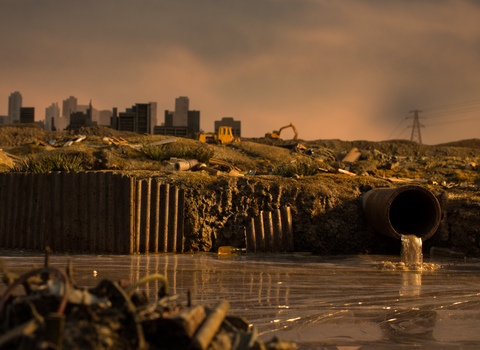First it was newts, then Environmental Impact Assessment, now it’s the rules on adding pollution to our already suffering rivers. Soon the UK Government will run out of environmental scapegoats and have to look at the real reason homes are not being built quickly enough. Oh, but wait – they already did! Their own report on build-out rates in 2018 found that it was a market problem – that developers cannot provide too many houses at once because it results in the marketplace flooding*. So, instead, they hold back. Large developments with existing planning permission are built out over years, sometimes decades, to secure the best prices.
Once again, the environment is used as a distraction from the real problem, and in this case, nature is set against the provision of homes in a totally unnecessary way. The Wildlife Trusts strongly believe that government must solve the housing crisis and provide people with the homes they need. We are working to tackle the nature and climate crises, but also liaise with housing charities to develop solutions for providing sufficient homes, built in a way that actively contributes to reducing climate impacts, helps nature to recover and tackles health inequalities.


